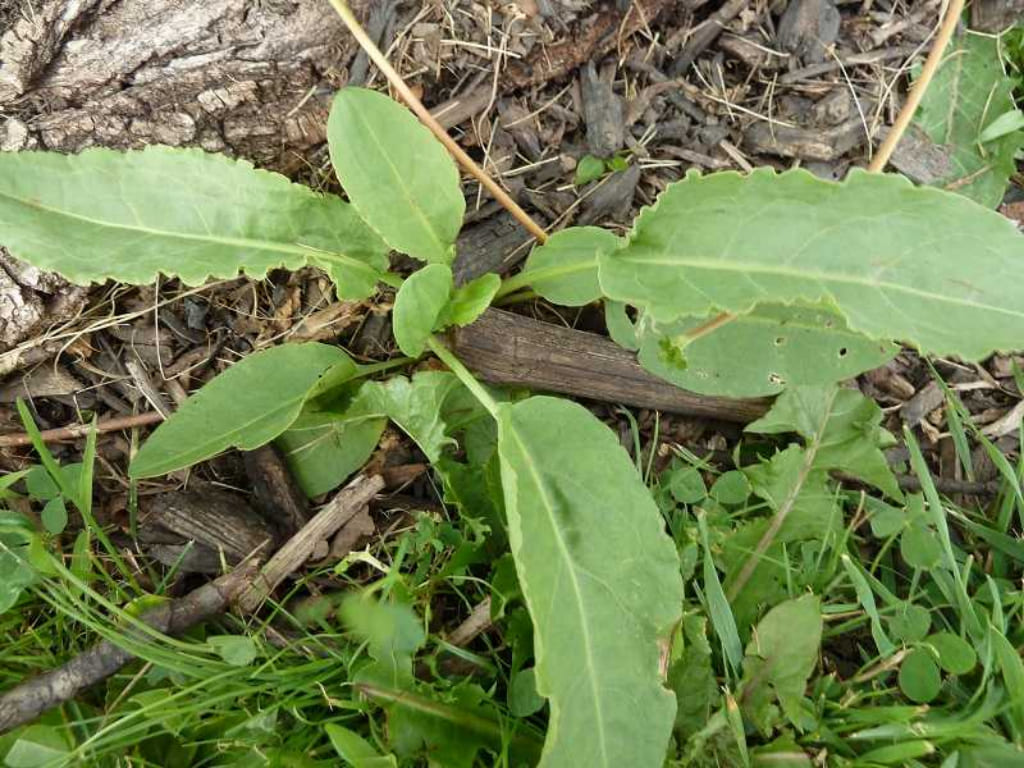Healer Among Healers
If you every happen to find yourself perusing the 'viveros' (the equivalent of a plant nursery) in Ecuador, you should not be surprised to find two types of plantain being sold there. One type is a banana like fruit, but the other plantain is our very own Plantago major. In Ecuador it is called 'Llanten', and as in most parts of the world, you will not hear this plant referred to as a weed.
"Of the things of nature, truly it is to be lamented that men and women of these times which pretend to so much light, should guide their way as to put out everyone’s eyes, by trampling on that which should preserve them.”
Plantago major is known as Broadleaf Plantain, and it is one of many species within the Plantago family that can be found in almost every part of the world. Around here it can almost always be found within a 50 ft radius of wherever you stand. It tends to show up in lawns that have not been sprayed, around sidewalks, and on poor and disturbed soils. When looking for Plantain you may also find its narrow leaf cousin called Plantago Lanceolata. This plant too is said to have many of the same properties as its close relative, Plantago major.
Plantain is a healer among healers, with more medical benefits than we can wrap our head around. It has been used throughout the centuries as a healing poultice for stings, sores, bites, rashes, wounds, and sunburn. It is said to be good for reducing pain, preventing infections, soothing sore throats, and even for diarrhea and dysentery. But it gets even better, as plantain is also a highly nutritious wild edible. It is said to be high in vitamins A, C, and K, as well as having a good amount of calcium and iron. This plant is a healer, and even though its uses are many, we have found the best way to use it is to simply incorporate it into our diet and let the mystery do its work.
"We eat the way we live. What we do with food, we do in our lives. Eating is a stage upon which we act out our beliefs about ourselves."

